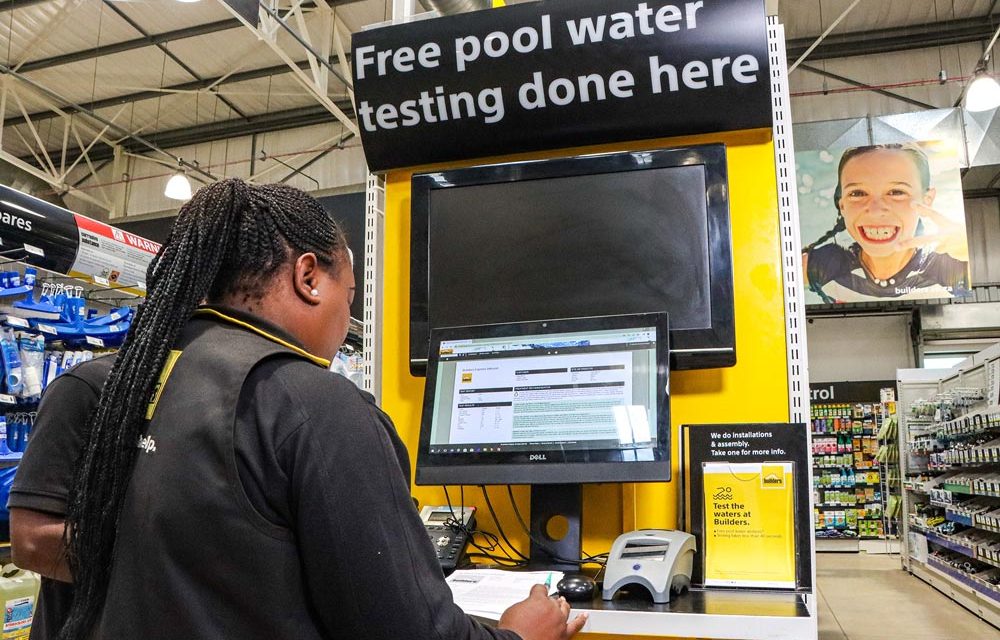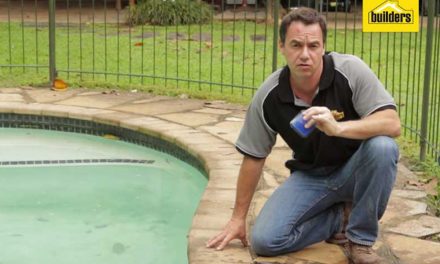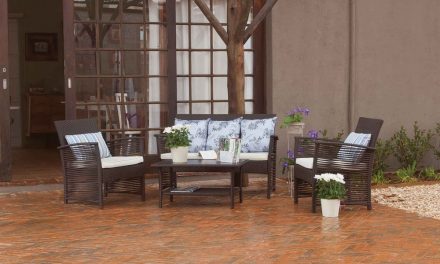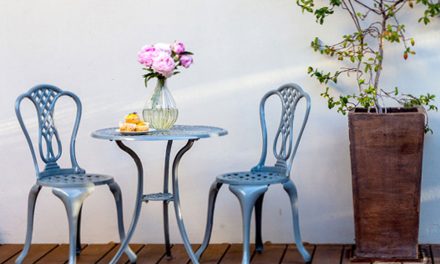Test and maintain your pool’s water for a cool, refreshing summer.
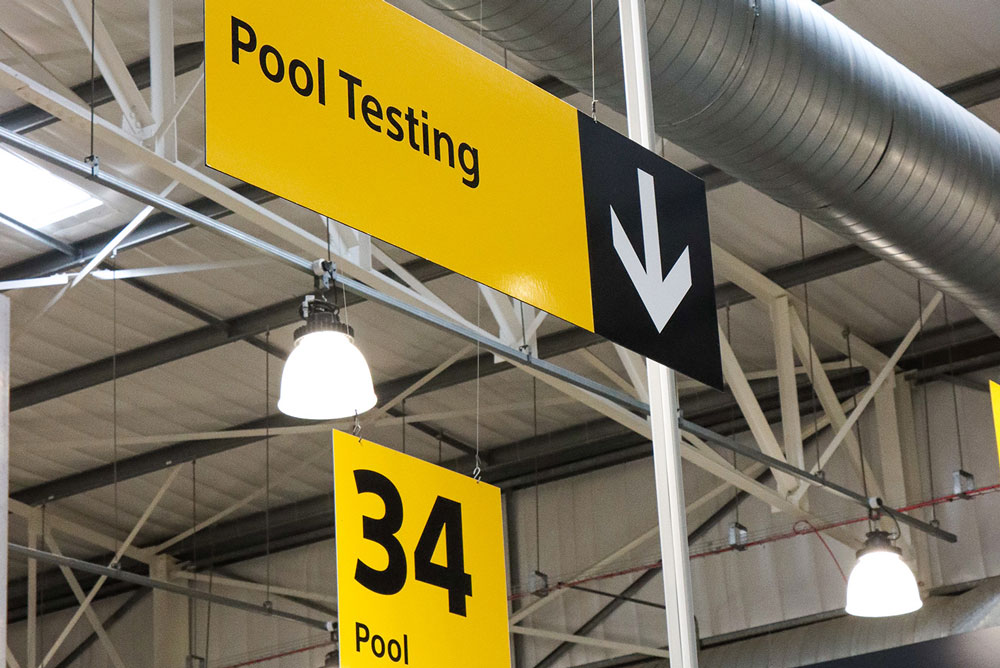
The key word here is balance and the things you need to worry about are alkalinity, pH levels and chlorine, in that order of importance. If this is sounding confusing already, don’t worry – we’re about to explain it!
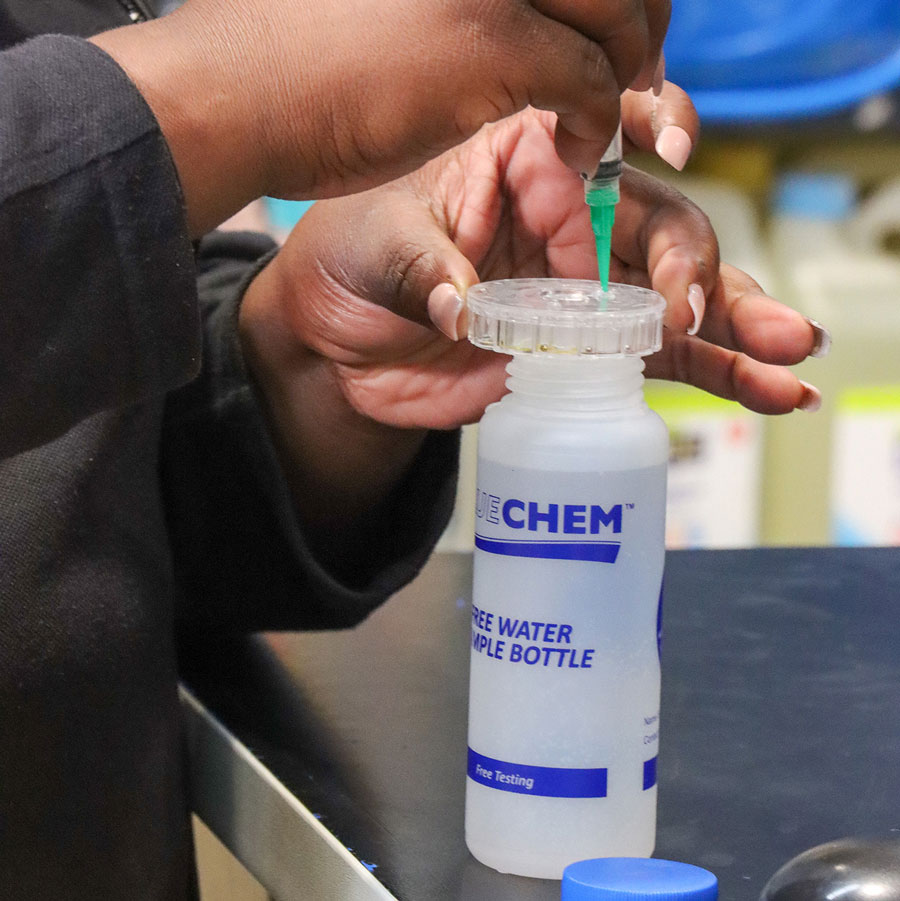
pH refers to the degree of activity of an acid in the water and it is the most important chemical factor to be maintained in swimming pools. When you measure pH, you’re looking at how acidic or alkaline the water is. The scale goes from one which is extremely acidic, to 14 which is very alkaline, with 7 being neutral. Ideally, The pH should be between 7.2 and 7.8.
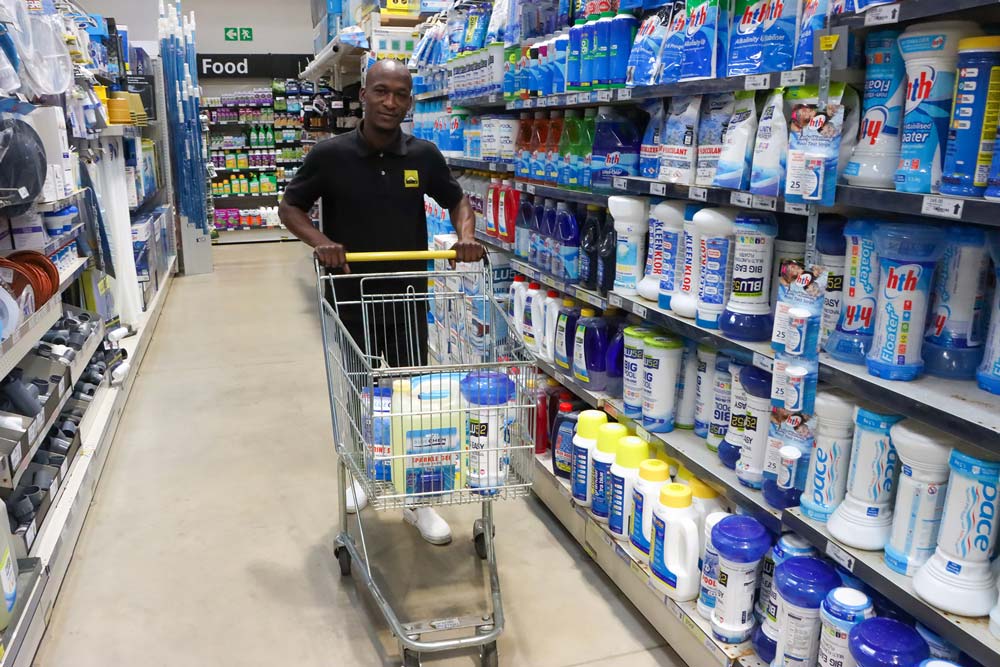
When adding chlorine, you need to maintain chlorine levels of between one and three ppm (parts per million). You will need to know the volume of your pool to determine how much chlorine to add on a weekly basis. You may find that your pool will need more chlorine on hot summer days or days when there’s been a lot of swimming.
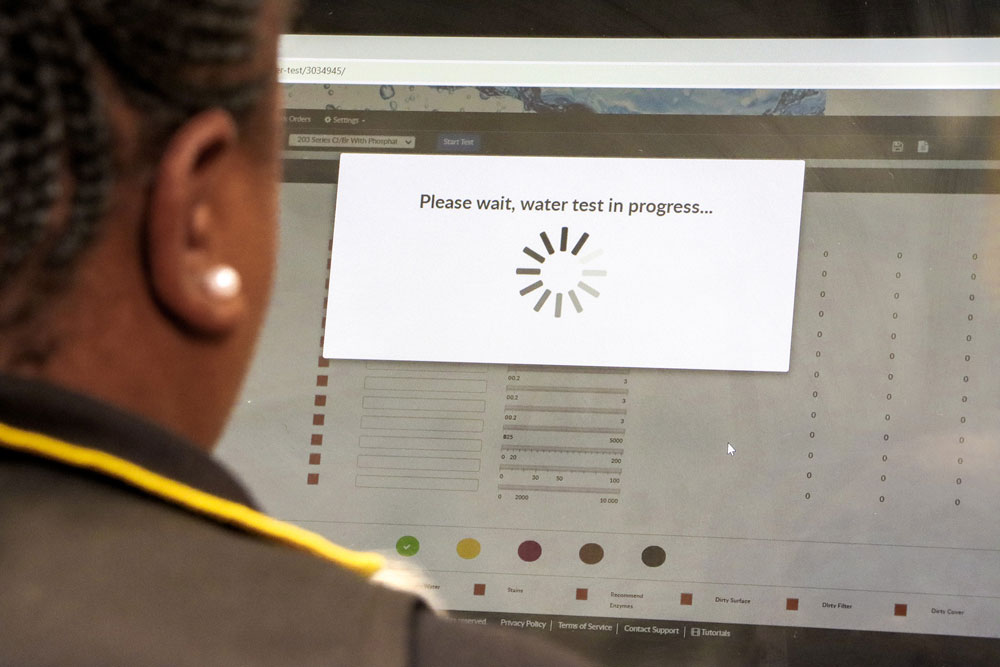
Talking about the rays of the sun, a stabilised floater actually helps to slow down the rate at which the chlorine evaporates. However, too much of the stabiliser will give your water a chlorine block, which basically means that it stops working – to remedy that, simply top up your pool with some fresh water.
Now that you understand alkalinity, pH levels and chlorine, the next step is to have your water tested. The easiest way to do this is to take a sample of your pool water to Builders, where they have an in-store pool water analysis service. Use a sterile water sample bottle, fill it up with pool water and take it into the store immediately (or within the hour) for an accurate test result. On your first visit, the staff at Builders will ask you to fill them in on the size of the pool, the pool type and whether it is a chlorine or salt-water pool.

Now that your pool water is spot on, the only thing left to do is clean the pool of things like leaves and do a backwash. That’s all there is to it.


